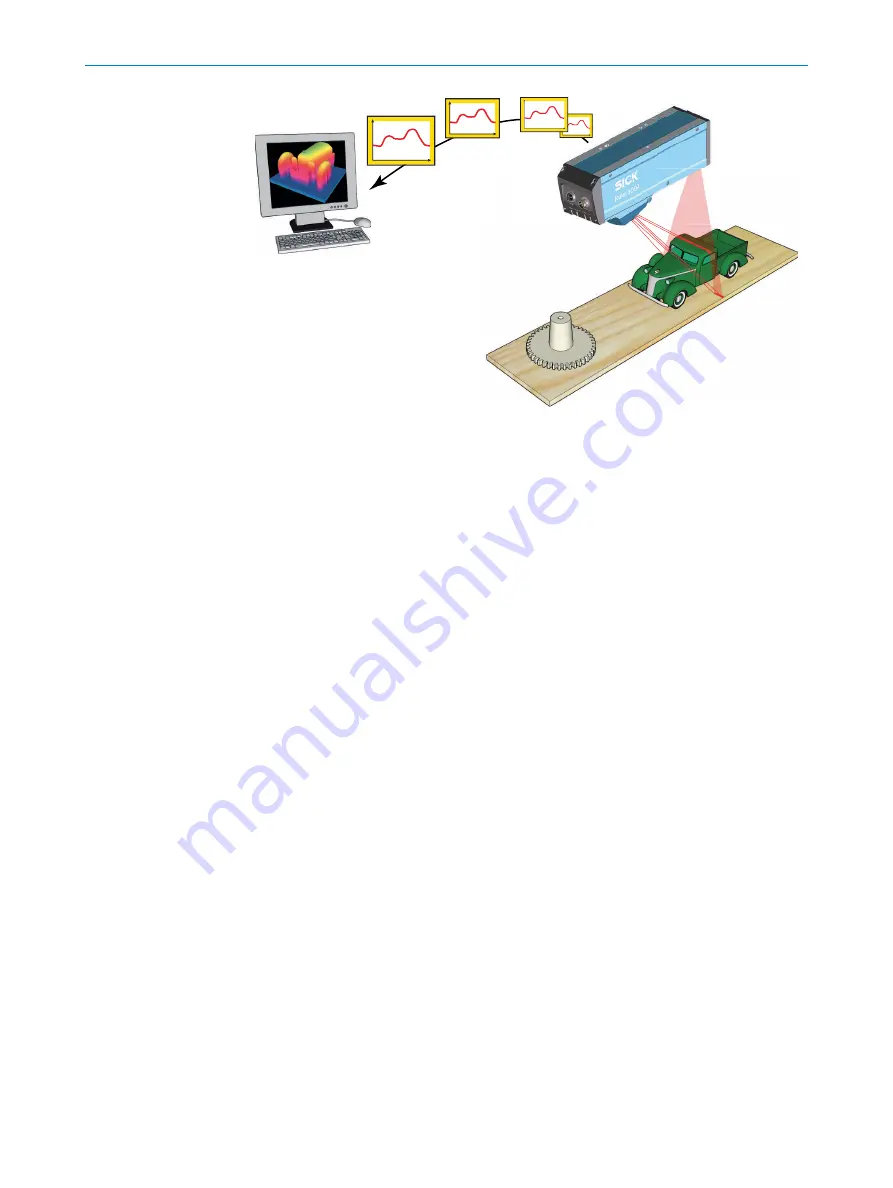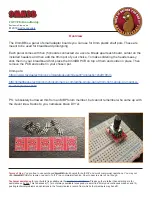
Figure 9: Profiles are sent from the Ruler3000 to a PC, where they are analyzed.
In the system, the Ruler3000 camera acts as a data streamer. It is connected to a PC
through a Gigabit Ethernet network. The camera sends the profiles to the computer,
and the computer runs a custom application that retrieves the profiles and processes
the measurement data in them. The data is delivered from the camera using integers
and the API and GUI aids in scaling this to floating-point mm values.
Before the camera can be used in the system, the following needs to be done:
•
Find the right way to mount the camera.
•
Configure the camera to take the proper measurements.
•
Write the application that retrieves and processes the profiles sent from the
camera.
More information about 3D measurements,
see "Range (3D) measurement", page 95
.
Range
By default, the range measurement values from the camera are calibrated and rectified
– that is:
•
Z (range) coordinates are represented by real-world positions and distances, deliv‐
ered in a depth-map with a fixed sample distance.
•
X coordinates are given by the column position of the data.
•
Y coordinates are represented for example by the sequence number of the meas‐
urement, or by the encoder value for when the profile was captured.
Reflectance
The reflectance values along the laser line can be collected in parallel to the 3D
data. The reflectance values are saved as a grayscale image, with 8-bit resolution
corresponding to each point in the range dataset
4
PRODUCT DESCRIPTION
18
O P E R A T I N G I N S T R U C T I O N S | Ruler3000
8026049//2021-04 | SICK
Subject to change without notice
















































